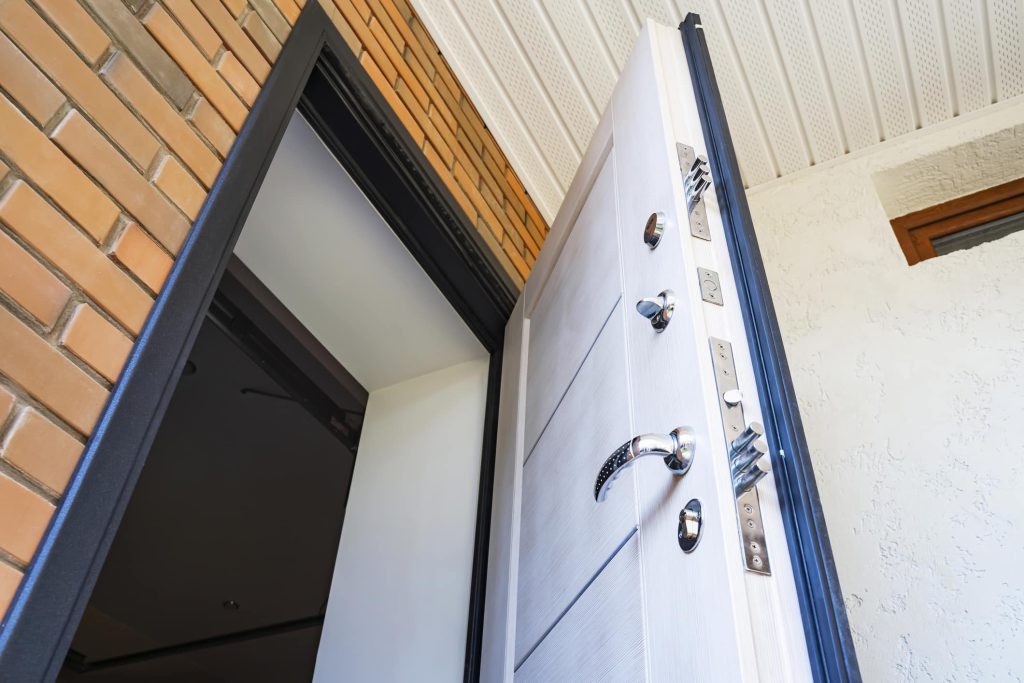The installation of anti-burglary doors is intended to maximize the safety of the residents of a given house or apartment. Each door defined as anti-burglary should be characterized by several specific elements that basic models of entrance doors do not have. The most important characteristic feature of anti-burglary doors is very high resistance to mechanical damage.
What affects the parameters of anti-burglary doors?
More and more people are currently deciding to install anti-burglary doors, regardless of the area in which their apartment or house is located. The first technical parameter important when choosing anti-burglary doors is their class. The lower the letter of the alphabet, the greater the resistance to attempts to damage and force them by burglars. This in turn gives the alarm more time to notify the security about the break-in. Information about the door class is placed on a special rating plate located near the hinges. Most anti-burglary doors have class C. Another very important technical parameter of anti-burglary doors is the U coefficient. The lower the value, the better their insulation.
According to the standards in force in Poland and Europe, anti-burglary doors should be designed in such a way that they resist for at least twenty minutes if broken into by a person knowledgeable in this field. In order for this type of door leaf to fulfill its tasks, it should consist of a steel frame, steel plates and a grid. In the case of anti-burglary doors with glazing, it is necessary to use anti-burglary glass, and the size of the glazing should be small.
Each anti-burglary door should have two certified locks, one of which is a multi-point lock. The sides of the leaf are equipped with metal pins, which makes it practically impossible to force it open. The sheet metal used to manufacture anti-burglary doors must be of an appropriate thickness, which is no less than two millimeters. The doors should have bars and sheets that prevent holes from being cut in the door surface by bending the sheet metal and rotating the bars.

